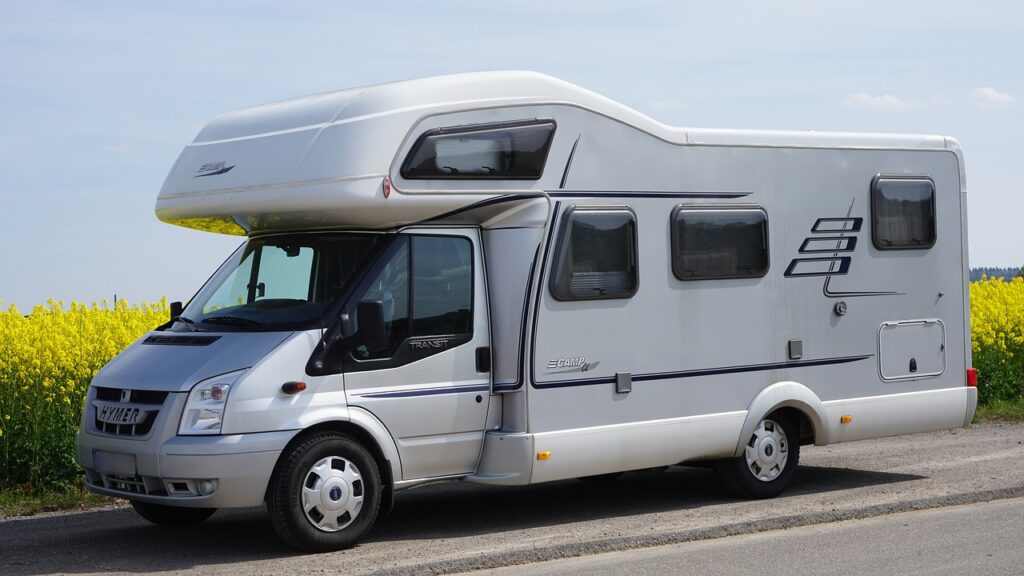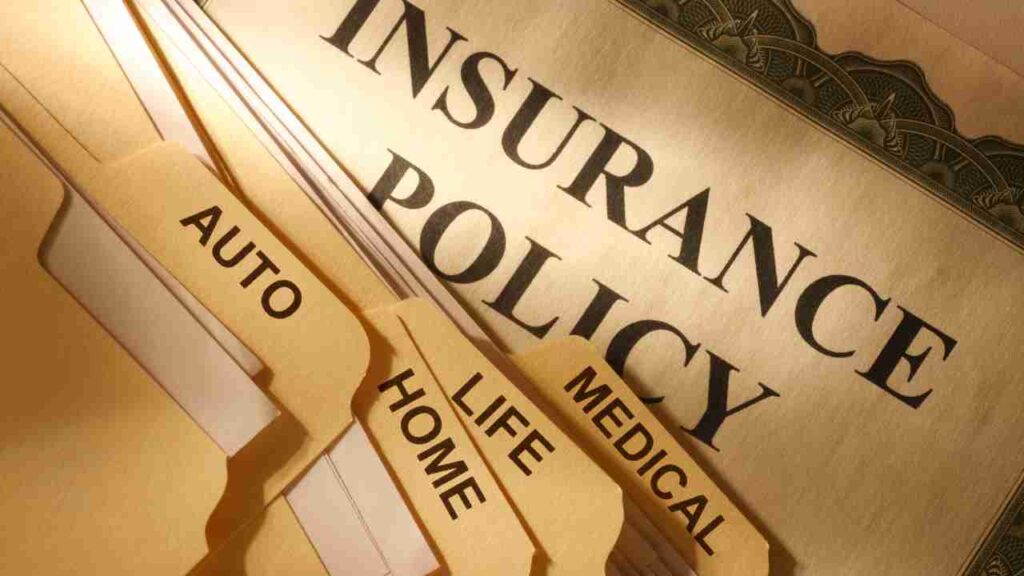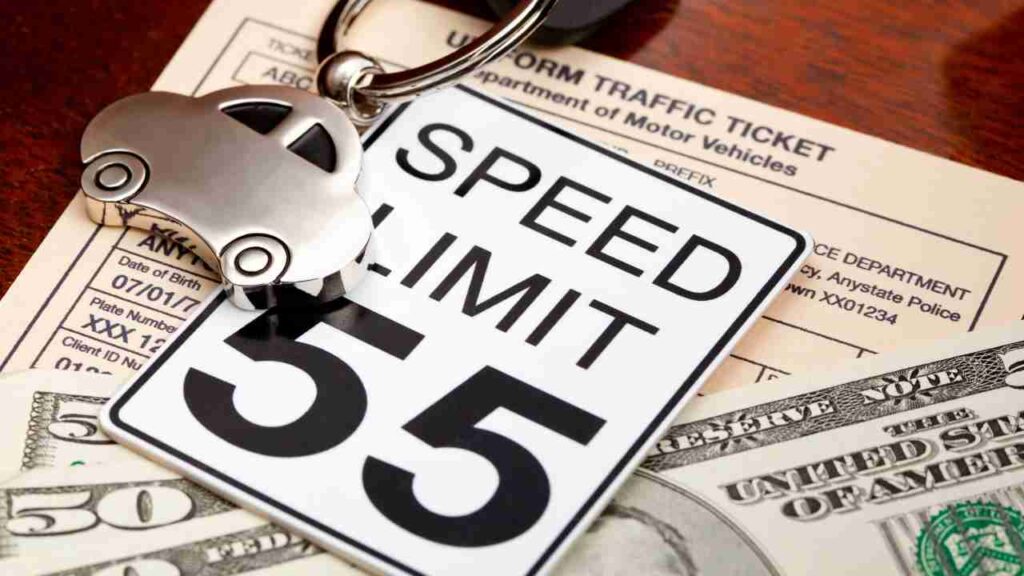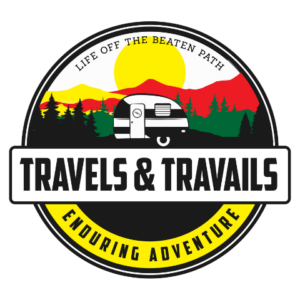
When it comes to your RV, you don’t like to cheap out on much, but the overall costs are killing you. If at all possible, you’d like to get low-cost insurance for your motorhome so you can spare your wallet just a little bit. How do you find cheap RV insurance?
Here are some tips for lowering your RV insurance:
- Do your homework
- Bundle your insurance
- Take a safe driver class
- Select minimum coverage
- Keep your driving record clean
- Join an RV club
- Add the right equipment
- Go for the annual plan
- Always look for discounts
We’ve all heard of friends of friends or third cousins who save fabulously on their RV insurance, and now you can too. Ahead, I’ll reveal all the secrets of how it’s done so you can pocket some serious bank!
1. Do Your Homework
We all make gut decisions on purchases sometimes, but when it comes to your motorhome insurance, instant choices are often the wrong ones.
You’re doing yourself and your wallet a huge disservice by selecting the first insurance company or plan you come across.
I know that researching insurance is about as exciting as watching paint dry on a wall, but as a responsible RV owner, it’s what you have to do.
If you leave stones unturned, then you’ll never know if there’s a more affordable plan out there for you.
My recommendation? Contact at least a dozen insurance companies that have agreeable and affordable (for you) policies. Then request quotes.
This is often free to do, and you should get quotes nearly instantaneously, so you won’t have to wait too long to make your decision.
If you’re trying to shave some dollars off your insurance premiums, then you can choose the cheapest insurance provider and be on with your day.
You can also compare costs against other important factors such as coverage levels and what’s included in your plan.
I won’t tell you how to choose the right insurance provider, as what’s right for one person might not be for someone else. If you found a plan you’re happy with and can afford, then it’s good for you!
2. Bundle Your RV with Other Insurance Plans

Speaking of insurance plans, don’t always feel like you necessarily have to start from scratch.
The current insurance provider you use for your home insurance, life insurance, or auto insurance (auto meaning cars or trucks in this case, not your motorhome) could offer RV coverage as well!
Most of the major insurance companies do, from Geico to Progressive, The Hartford, Liberty, State Farm, and Nationwide.
Bundling your RV insurance into your existing auto insurance plan is a great way to save money not only on your RV insurance but possibly your other insurance as well.
How great the savings will be isn’t something I can say, as it varies by the insurance provider. What I can say with more confidence is that you’ll have cheaper insurance overall, and that’s the goal.
The same criterion from the last section applies here. In other words, compare your options by requesting quotes!
Unless you love the insurance company you have now, then be willing to switch to another one if they offer cheaper insurance by bundling your RV into your existing auto insurance plan.
3. Take a Safe Driver Class
At the end of the day, it doesn’t matter what you’re driving, be it a car, truck, travel trailer, RV, or hot air balloon. Safety should be your top priority.
Brushing up on your motorhome driver safety has a twofold benefit. For one, you can feel more confident on the road, as you’ll be as current on your safety rules and skills as you can be.
Secondly, and even more important for your purposes, is that you can save some cash.
Having proof that you passed a driver safety class that you can show to your insurance provider will further reduce your insurance spending, which is awesome!
There’s a safe driver class for nearly any type of RV driver. You can take a defensive driving course, an AARP safe driving course if you’re 50 or older, or a general driver safety course.
Before you select one, I recommend reading up on what’s included in the course and if passing will count in any way toward your insurance costs lowering.
I mean, your education is priceless regardless, but you want cheap insurance, so make sure the course you take will help you achieve that goal.
4. Select Minimum Insurance Coverage
One of the easiest and most obvious means of reducing your RV insurance spending is to spend less in the first place.
Rather than choose the nice, shiny, expensive premium plan, you’d cut back to only the most basic insurance.
Now, admittedly, this option is a double-edged sword. I wanted to include it because it’s technically viable and will help you save cash, but keep in mind that it comes at a price.
When you choose a bottom-line insurance plan, you get well, bottom-line insurance.
The lower cost of your deductible seems great on the surface, but your monthly insurance premium costs are going to be higher compared to someone with an insurance plan that offers a higher deductible.
The whole point of insurance for RV drivers is assurance. You know that if you get in an accident or someone makes off with your vehicle that you won’t be left having to pay for everything yourself.
That’s less of a guarantee with cheap insurance. Your insurance plan will only kick in during limited circumstances, and you won’t get as much money toward RV repairs or even a replacement as you would if you paid more for your insurance.
You might find yourself shelling out gargantuan amounts of money in circumstances such as RV theft or a vehicular accident, thus negating all the cash you saved on your insurance to this point.
Again, I won’t tell you which insurance is right for you, as that’s a personal choice, but if you’re thinking of going for the cheapest RV insurance plan possible, this is certainly some food for thought, I hope!
5. Keep Your Driving Record Clean

If there’s one thing that driving an RV and a car have in common, it’s that a clean driving record is integral, especially if you want cheap insurance.
When you crash into every little thing, be that curbs, trees, and other vehicles (both parked and in motion), you’re slowly driving up your insurance costs each and every time.
The insurance company has to raise your rates to protect their own hide, as you’re becoming a greater liability on the road.
Before long, those safe driving classes I talked about earlier might no longer be optional for you and paying a low insurance cost from month to month will become impossible as well.
You should want to be a safe driver for a myriad of reasons: to preserve lives (those of your fellow passengers as well as other motorists on the road), to increase the longevity of your RV, to avoid upending your everyday life, and yes, to save some money.
I’m not saying you can’t ever get in a fender-bender; after all, in many instances, an accident is outside of your control.
As much as you can though, you want to go out of your way to avoid crashes and even minor incidents, as they can add up over time!
6. Join an RV Club or Association
I recently wrote quite an in-depth post about RV clubs and associations and whether you should join them, so if you missed that article, I’d recommend checking it out before you proceed.
RV clubs, although expensive, provide an assortment of benefits that make the costs worthwhile for many people.
You get to be a part of a tight-knit community, you’re often granted exclusive camping access, and you might be able to save money on your RV insurance to boot.
Insurance company Geico has paired up with KOA to offer you better camping options and lower-cost motorhome insurance. AAA is another great option to explore, as is Good Sam Club.
Now, I know you want to save money, and an RV association or club is going to cost you more money upfront. This might not seem like the best option for you, but I’d encourage you to reserve your judgment until you can explore your insurance pricing as a club member.
Your membership fees are usually annual while the lower insurance costs you’d enjoy would carry over from month to month.
You might just find that even if you do spend money on the club membership that you’re pocketing a lot more cash than you expected!
7. Add the Right Equipment
Just like safe driving gets rewarded, safe RVs get rewarded just as generously with lower-cost auto insurance.
I must caution you that this varies by RV insurance provider, but many will offer you discounts if your motorhome comes equipped with factory-installed safety equipment.
I’m talking electronic stability control, daytime running lights, anti-lock brakes, airbags, and features in that vein.
The more of these features included in your RV, the greater savings you can see. Overall, you’re not saving a ton of money, but even a little bit of cash saved is better than none at all, am I right?
If your motorhome doesn’t already come with these features, you can always speak to your RV manufacturer about getting them added in after the fact. That should count for something toward your insurance.
You’ll also be a much safer driver, and that’s always a good thing!
8. Go for the Annual Plan

If you bought something for $1,000 and could pay the $1k upfront or break it down over the next 12 months, you’d probably choose the 12-month payment plan, right? That’s what a lot of people would do!
However, you might want to review what you’re paying exactly. A monthly plan can seem lower-cost when you look at the per-month rate, but once you multiply that rate by 12, you’ll see that you’re usually spending more money than if you had just paid for the year upfront.
That’s not only the case for RV insurance, by the way, but lots of services that utilize monthly and annual plans.
Again, I know that paying more money upfront isn’t exactly what you were hoping to do since you want to save money, but if it will help you save more in the long term, then it’s certainly worth it, I would say!
9. Always Look for Discounts
RV insurance discounts are all around you. You only have to know where to look for them.
I’ve already talked about several options for receiving discounts on your motorhome insurance plan. Remember, you can enroll in a driver safety course, and, with proof of passing, save some cash.
Having factory-manufactured safety parts installed in your RV is another discount you can enjoy.
Besides those, be sure to ask your insurance company about paperless discounts, smart payment or fast payment discounts, and discounts you can reap if you paid for your motorhome in full or if you’re the original RV owner.
The more of these discounts you can rack up, the better!
Conclusion
Getting cheap RV insurance is as easy as carefully choosing your insurance provider, bundling your motorhome insurance with your home or auto insurance, enrolling in a safe driving course or two, and maintaining a clean driving record.
You should always ask your insurance provider about discounts, as they’re readily available, especially if your motorhome has factory-installed safety parts or if you were the first owner of the vehicle.
In some cases, spending money is a great way to save money, such as joining an RV association or club or spending on annual insurance costs rather than breaking it down month by month.
I hope the tips in this article help you reduce your RV insurance spending so that owning a motorhome is less financially stressful!
